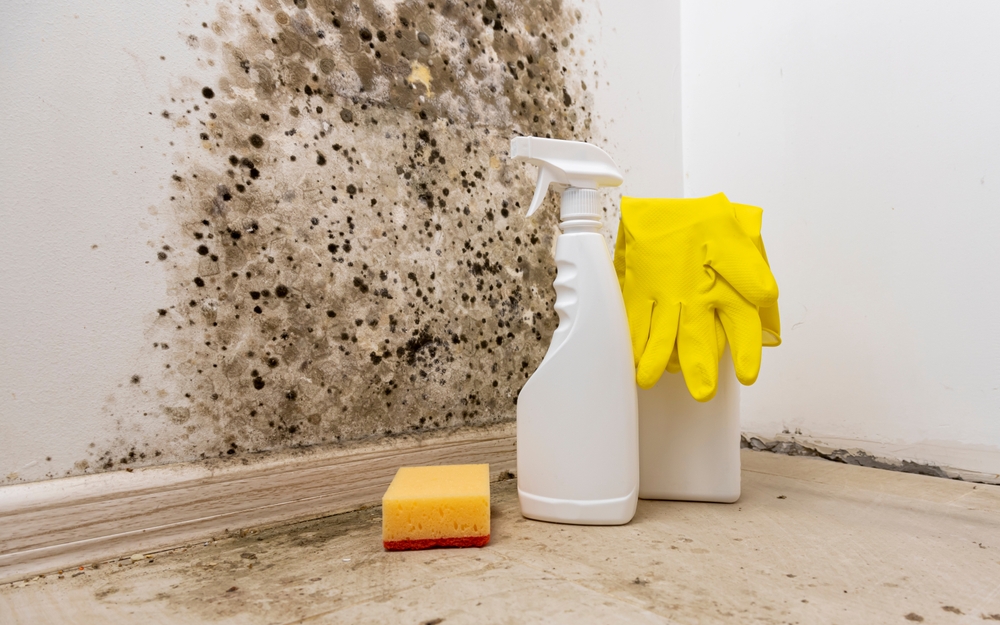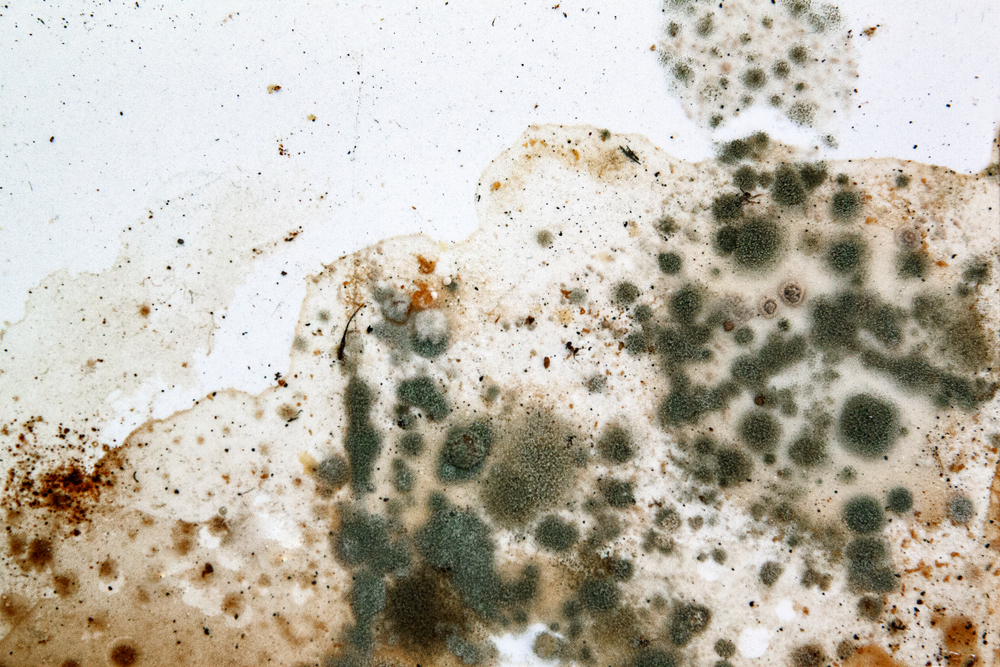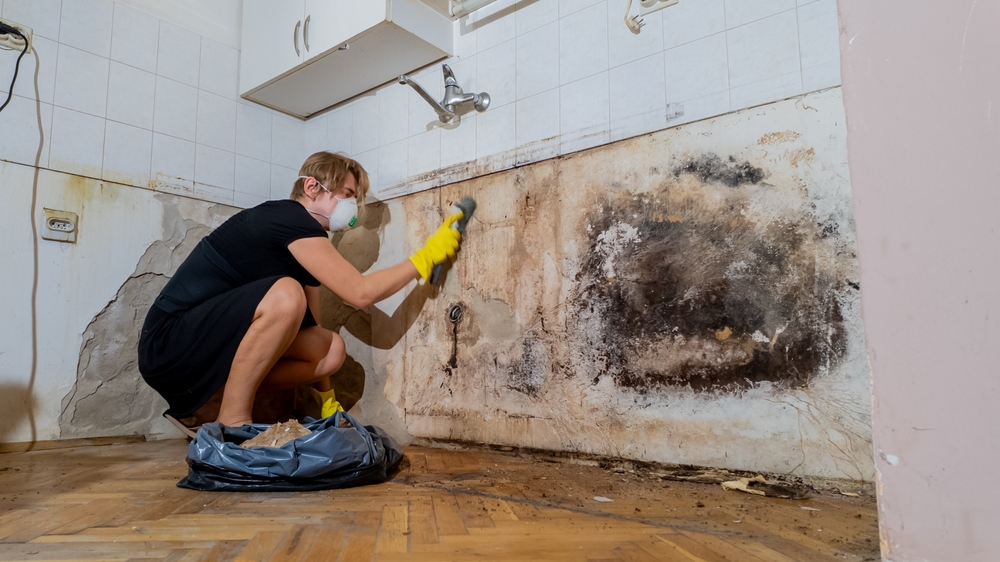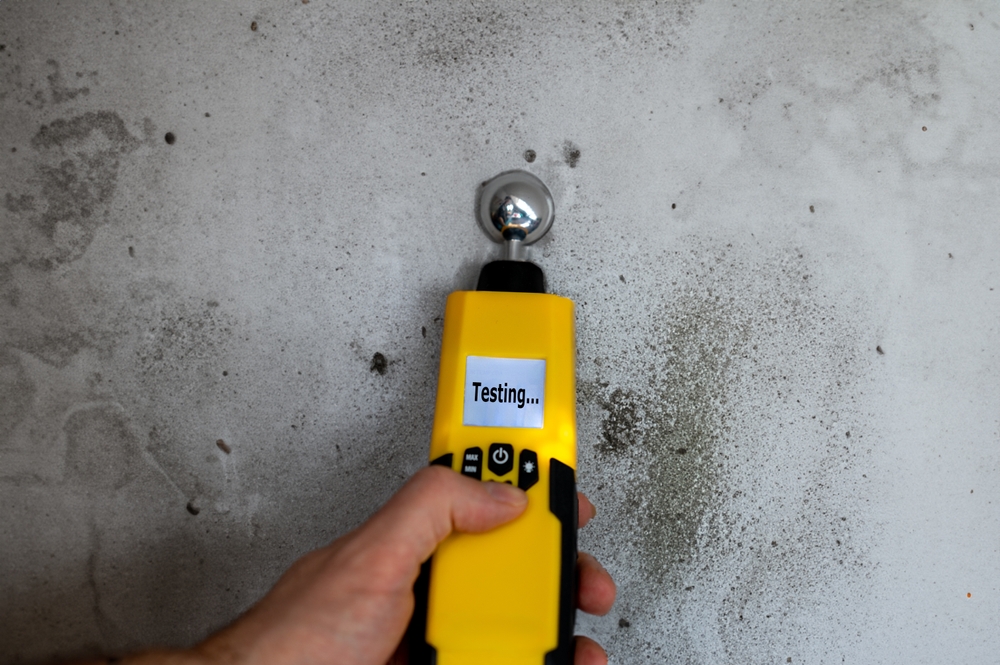How to Prevent Mold Growth in Bathrooms and Kitchens
Common in houses, especially in places like kitchens and bathrooms vulnerable to high humidity and moisture, mold is a concern. Beyond just a nuisance, mold can cause major health issues like aggravation of asthma, allergies, and respiratory problems. These hazards make aggressive prevention of mold growth in bathrooms and kitchens absolutely vital. Because of their regular water consumption, steam, and condensation, bathrooms and kitchens especially suffer.
This comprehensive guide provides actionable steps to help you prevent mold growth in these spaces, ensuring a healthier and safer home environment for you and your family.
Understanding Mold Growth
Knowing the growing needs and habits of mold will help one to properly prevent it. One sort of fungus that reproduces by little spores is mold. Though they are always in the air, these spores only become troublesome when they land on surfaces and discover the ideal environment for development.
The Three Conditions Mold Needs to Thrive
- Moisture: Mold cannot thrive without moisture. It grows best in wet environments where water is always present, including beneath appliances, showers, or sinks. Suitable conditions can be produced even from condensation on walls or windows.
- Warmth: Mold like warm surroundings. Although it can thrive in lower temperatures, warmth speeds up its development, particularly in cramped, humid areas like restrooms and poorly ventilated kitchens.
- Food Source: Mold feeds on organic matter, including typical household items including wood, drywall, paper, soap scum, and even dust. Areas with remaining food particles, oil, or soap are especially prone.

Common Types of Mold Found in Bathrooms and Kitchens
Many varieties of mold often show up in various places:
- Aspergillus: Frequent in food and air conditioning systems, this mold can set off allergic reactions.
- Cladosporium: More robust in cooler temperatures, this mold thrives on painted surfaces, grout, and wood.
- Stachybotrys (Black Mold): Renowned for its black look and slimy texture, it grows best in low-ventilated spaces with constant water contact.
Prevention Strategies
Preventing mold mostly depends on designing an environment that denies it the conditions required for growth. These techniques mostly target food source elimination, moisture control, and humidity reduction.
A. Controlling Moisture
Regular Cleaning
Mold prevention depends on cleanliness since it eliminates moisture and the organic components mold consumes.
- Daily Cleaning: After every usage, clean surfaces including counters, sinks, and shower walls. Since a microfiber cloth absorbs moisture so well, use one.
- Weekly Cleaning: Plan once a week a deeper cleaning session. For grout, tiles, and nooks where moisture likes to gather, use a mold-killing cleanser.
- Grout Maintenance: Grout lines should especially be taken under close inspection since they are porous and can retain soap scum and water. Using a stiff brush and either a professional cleaner or a baking soda paste, scrub them.
Ventilation
Effective ventilation lowers air moisture levels, which helps mold to grow more difficultly.
- Exhaust Fans:
Turn on exhaust fans always during and after showers or while cooking. To release residual humidity, let them run for at least twenty minutes following usage. - Open Windows:
Open windows will help to increase airflow if the temperature permits. When coupled with ceiling or portable fans, this is very successful. - Cross-Ventilation:
Opening windows on opposite sides of a room will create cross-ventilation. This promotes drying and boosts air circulation.

Leak Detection and Repair
Unchecked leaks might lead to hidden mold issues. Check your house often for plumbing and appliance leaks.
- Faucets and Pipes:
Look behind appliances and beneath sinks for any evidence of pooled or dripping water. - Appliances:
Look at refrigerators, washing machines, and dishwashers for leaks or condensation buildup. - Prompt Repairs:
Address any issues immediately. Even a small drip can lead to significant water damage and mold growth over time.
Dehumidifiers
Using a dehumidifier can help to keep ideal indoor moisture levels in places with regularly high humidity.
- Placement:
Put dehumidifiers in kitchens or bathrooms where humidity is most difficult to regulate. - Maintenance:
Daily empty the water reservoir and routinely clean the filter to stop mold development inside the machine itself.
B. Reducing Humidity
Proper Drying Practices
One of the easiest ways to avoid mold is to completely dry surfaces following water contact.
- After Showers:
Immediately after usage, dry floor, doors, and shower walls with a squeegee or towel. - Spill Cleanup:
As soon as spills happen, clean counters, floors, and around sinks. - Drying Dishes:
Before putting dishes in cabinets, let them thoroughly dry by air. Damp dishes help to raise the humidity inside closed environments. - Laundry:
Keep towels and moist clothing out of laundry baskets. Hang them in places with good ventilation to dry.
Monitoring Indoor Humidity
To track interior humidity levels, get a hygrometer; ideally, keep humidity below 50% to stop mold growth.
- Adjust Settings:
Use dehumidifiers or air conditioning if levels are too high to control the surroundings.
C. Controlling Food Sources
Eliminating the food sources for mold robs it of the nutrients required for development.
Keep Surfaces Clean
Frequent cleaning guarantees no biological stuff is left behind.
- Daily Wipe-Downs:
After cooking, wipe kitchen counters to get spills, grease, and crumbs gone. - Garbage Management:
If food waste exists in your trash cans, empty them everyday to help to draw mold spores.
Proper Food Storage
Safe food storage helps to avoid airborne mold spore exposure.
- Airtight Containers:
For pantry goods including flour, sugar, and cereals, use containers with tight-fitting lids. - Refrigerated Storage:
Particularly in hot weather, keep perishable goods in the refrigerator.
Appliance Cleaning
If neglected, household appliances can grow mold.
- Refrigerators:
Every month clean drawers and shelves. Get any rotten food out right away. - Microwaves:
After every usage, wipe the inside to avoid food residue building up.

Additional Tips
Use Mold-Resistant Materials
Choosing mold-resistant materials for repairs or building can offer long-term defense.
- Paint: In high-humidity environments, use mold-resistant paint to lower the likelihood of mold on ceilings and walls.
- Grout and Caulk: For surfaces near bathtubs, showers, and sinks, invest in mold-resistant grout and caulk.
Regular Inspections
Regular inspections can help you find early on mold issues, therefore facilitating less costly and easier remedial action.
- Visual Inspections: Search for dark spots or discoloration on walls, ceilings, and corners.
- Odor Detection: Consider musty scents, which frequently point to concealed mold.
- Professional Assessments: If you believe there is mold but cannot locate its source, think about paying an expert for a comprehensive inspection.
Conclusion
Maintaining a healthy house depends on aggressively stopping mold in kitchens and bathrooms. In addition to safeguarding your family’s health, mold-free environments help to maintain the structural integrity of your house. The useful advice in this book—that which relates to regulating moisture, lowering humidity, and keeping cleanliness—will help you to greatly stop mold from starting.
Remember, consistency is everything. A lot will change from regular cleaning, good ventilation, and quick repairs. Start these habits now to live in a mold-free, cleaner, healthier house.
Philadelphia Restoration Services
https://www.google.com/maps?cid=3399342399556699153
+1 267 668 0013
https://philadelphiarestorationservices.com/

